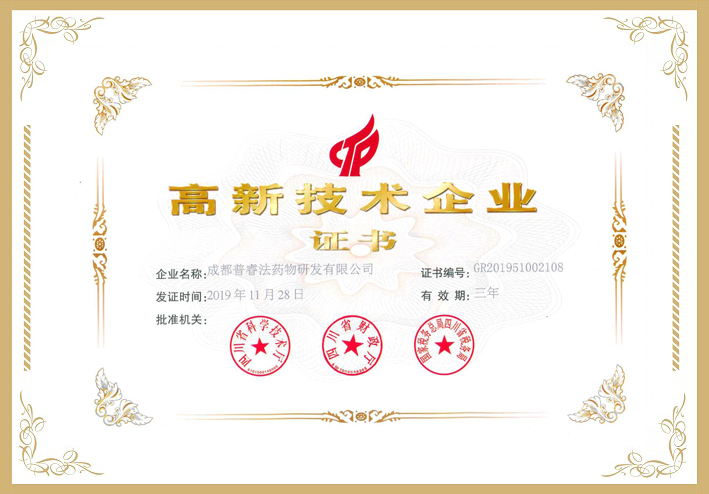Abstract
BACKGROUND
(–)‐Gallocatechin gallate (GCG) shows multi‐bioactivities. Its stability, however, has not been investigated systematically yet. Therefore, the objective of this study was to characterize the stability of GCG and to find ways to stabilize it in biological assays. Furthermore, the epimerization of the compound, its auto‐oxidation and degradation were also analyzed by liquid chromatography mass spectrometry (LC‐MS).
RESULTS
The stability of GCG was concentration‐dependent and was sensitive to pH, temperature, bivalent cations, and dissolved oxygen level. The results also showed that GCG was not stable in common buffers (50 mmol L−1, pH 7.4, 37 °C) or in cell culture medium DMEM/F12 under physiological conditions (pH 7.4, 37 °C). Our experiments indicated that nitrogen‐saturation and the addition of ascorbic acid (VC) could stabilize GCG in biological assays. In addition, LC‐MS determination indicated that GCG was able to be epimerized to its epimer (−)‐epigallocatechin gallate (EGCG). Meanwhile it was also able to be auto‐oxidized to theasinensin and compound P2 and degraded to gallocatechin and gallic acid in pure water at 100 °C.
CONCLUSION
The stability of GCG should be seriously considered in research on the bioactivity of it to avoid possible artifacts. Nitrogen‐saturation and use of VC are good ways to make GCG stable in biological assays. © 2019 Society of Chemical Industry
… details. MATERIALS AND METHODS Reagents and standards GCG and EGCG of
analytical grade were purchased from Chengdu Biopurify Phytochemicals Ltd. (Chengdu, China). Stock solutions of them (10 mM each) were prepared per week in fresh …























